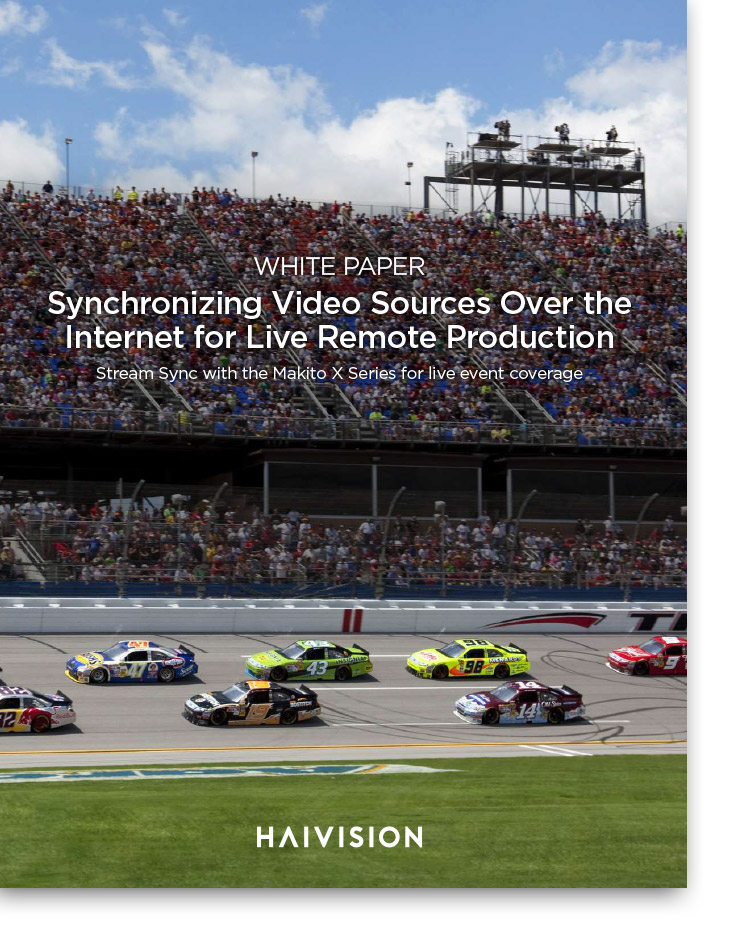
Explore how broadcasters can leverage the latest video streaming technologies to meet the demands of remote production workflows without the traditional costs and logistical complexities.
In this guide, learn how the Makito X4 video encoder and Stream Sync technology can: